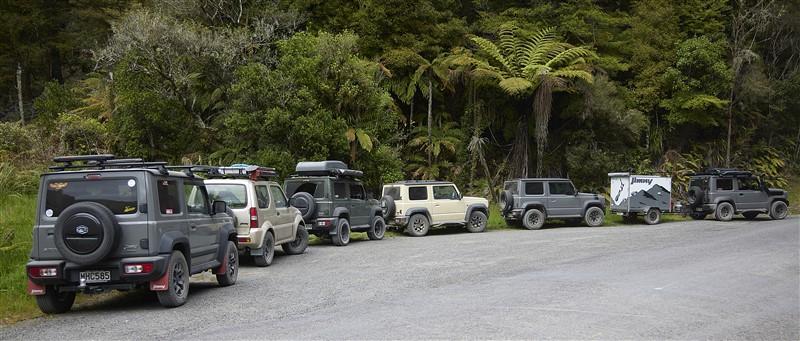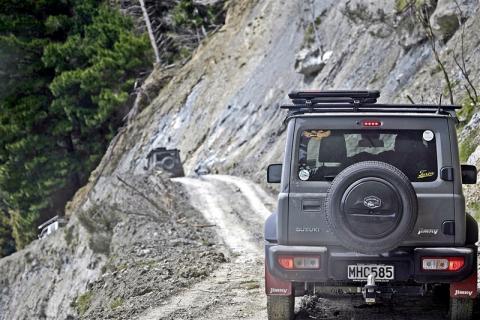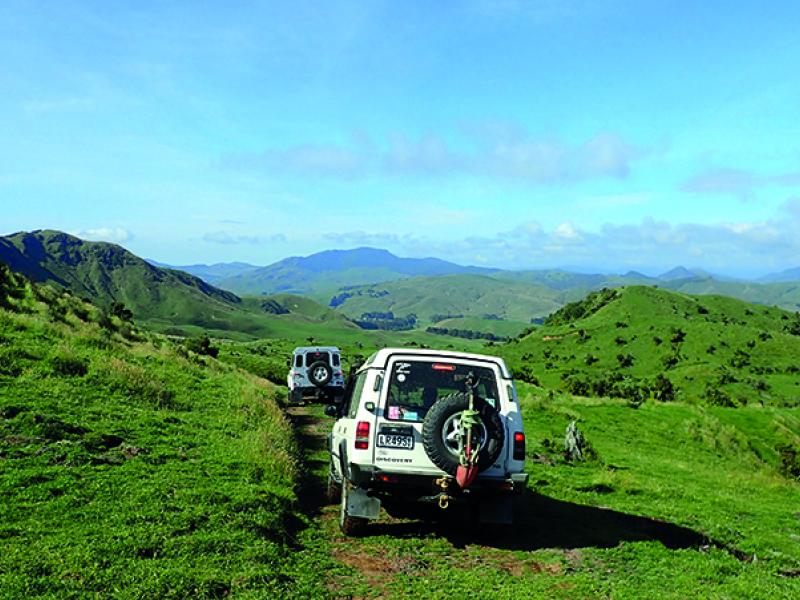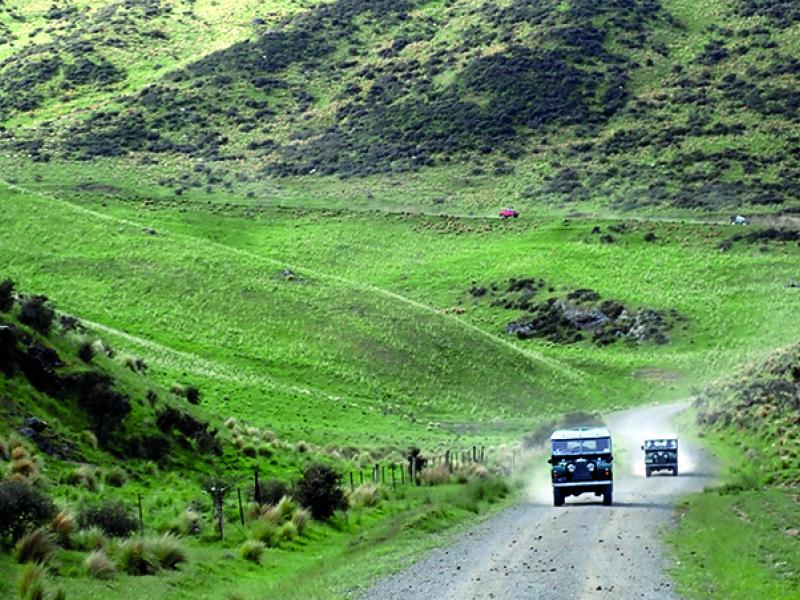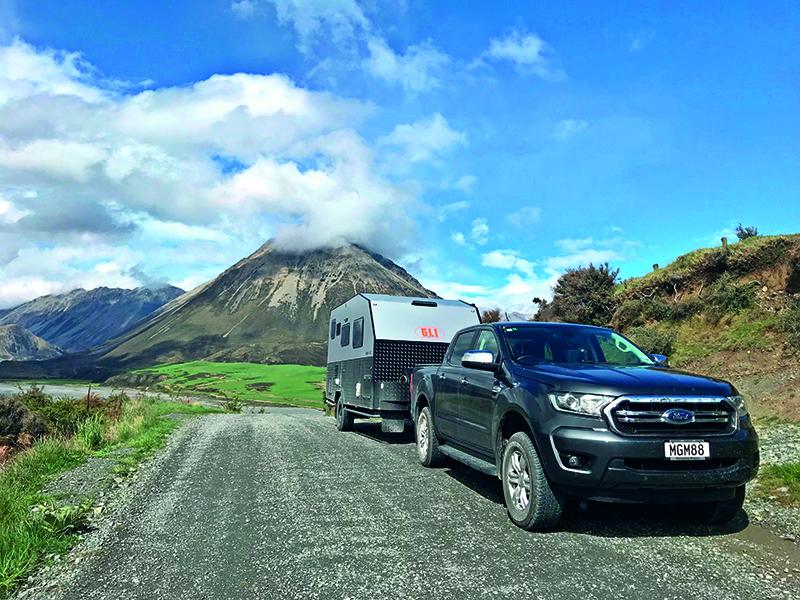Fast becoming a cult favourite, Suzuki’s Jimny inspired six owners to undertake an exploration of some legendary routes in Taranaki.
It came together in the most Kiwi way, a group of mates spreading the word.
“We’re going to go for a drive in the Forgotten Highway”. Only nowadays, the chat isn’t in a local bar or over the fence. It’s online, using a fan group Facebook page. And the new friends brought together by their shared enthusiasm fast become old friends.
In this case, Aiden Richardson kicked things into motion, while Rob Wheeler of Otaki stepped up to take the pics.
“I organised an event on the FB page to see if guys would be keen on the trip and put up where I thought would be good to stay and go and others joined along.”
Over Labour Weekend it came together: a half dozen Jimnys and their crew clustered together
With the obligatory photo stop at the Whangamomona Hotel for photographs, the trip began in earnest.
Wheeling through the backblocks and the numerous narrow tunnels, tracks and trails, the group went places bigger 4WDs simply could not go – one of them towing a Jimny-liveried trailer.
So just how ‘cult’ is the new JB74 Suzuki?
Some of the group travelled 1000 km to travel to the area, do the trip and get home. Among owners, accessorising is huge. Rock sliders, diff guards, bash plates, lights and light bars, custom bumpers and much more are being bought and links to the products are being shared around among owners.
Not one of the six wee 4WDs on the trip was the same as any of the others.
That Facebook page has been going a couple of months and is closing in on 700 members.
There’s already planning under way for a 42nd Traverse drive in the central volcanic plateau north of the Tongariro National Park this month, and there’s a massive group event proposed as well.
The Republic and the Forgotten World
So where did they go? Whangamōmona is a village deep in the Stratford District. For decades it has been a highlight of the “Forgotten World Highway”, State Highway 43.
65 kilometres north-east of Stratford and 55 kilometres south-west of Ohura.
Whangamōmona’s story echoes that of many parts of rural New Zealand: establishment, slow expansion into a rural service centre and then subsequent slow decline.
Pakeha settlers arrived in 1895 and the town was established two years later.
Growth was seriously affected by the loss of 51 men (including the smaller nearby settlements of Kohuratahi and Tahora) in World War 1. There was a further setback in 1924 when a major flood swept through the region.
Whangamōmona recovered with completion of the railway line in 1933 and electrification in 1959. However the town went into decline again and the school closed in 1979, followed nine years later by the post office. In 2006 the region had 168 people; by 2013 that number had shrunk to 150 and in 2018 the population was just 126 people.
It was not until July 2020 that the name of the locality was officially gazetted as Whangamōmona.
In protest against the 1989 local government reforms, declared themselves the “Republic of Whangamōmona” at the first Republic Day. Though the move began as a one-off pointed protest, the town has proudly continued to hold a celebratory Republic Day.


